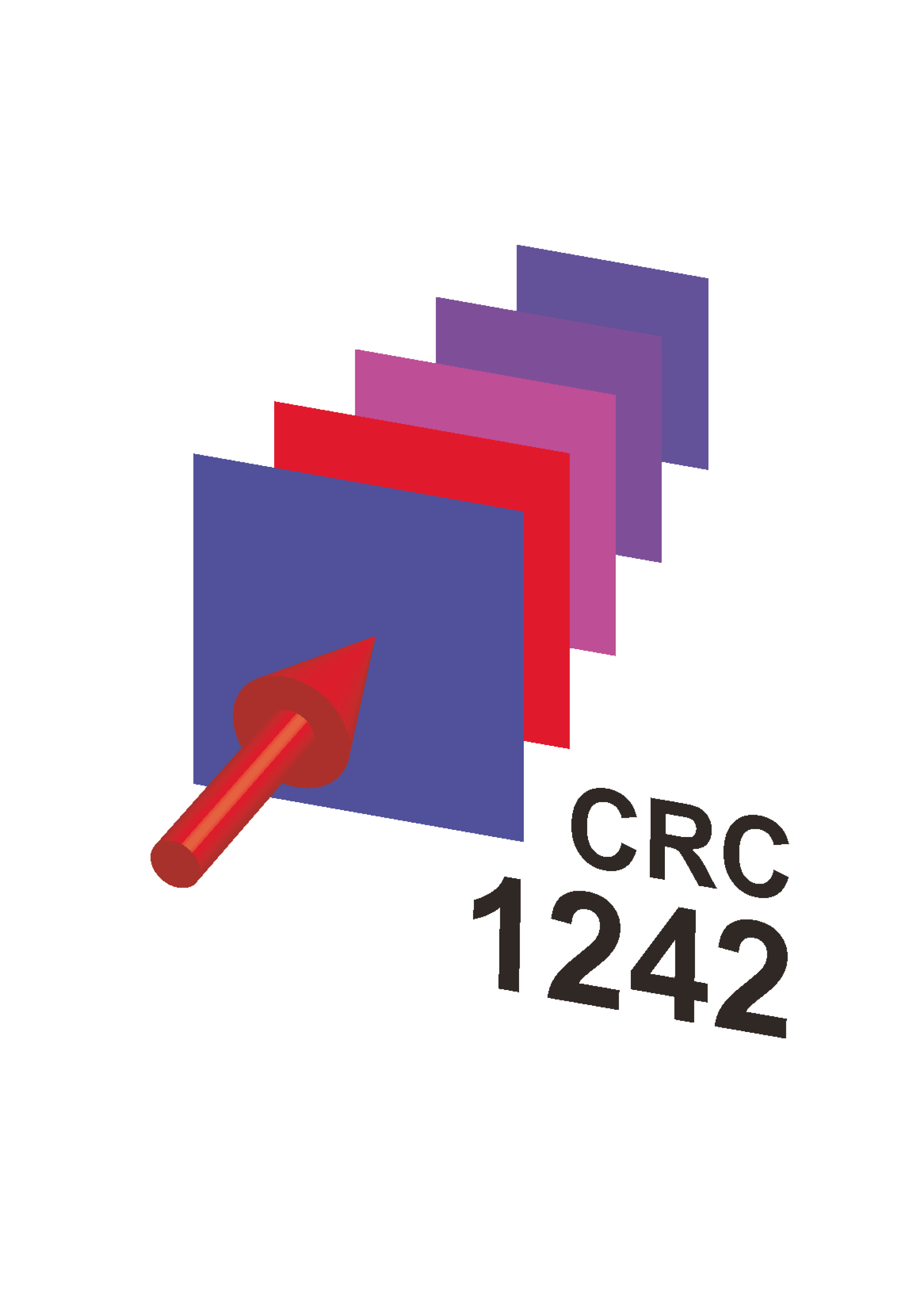Press Releases
Dynamics in quantum dotsSmallest measurable processes recorded individually
[27.09.2019] Colloquially, the term “quantum jump” is used to describe a tremendous development. In fact, it is the smallest change of state that can still be traced. Physicists from the Collaborative Research Center 1242 at the UDE have now succeeded in measuring every single jump by optical means and drawing conclusions about the dynamics of the electrons inside a quantum dot. The journal Physical Review Letters reports on this in its 122nd issue.
Archive

Podcast "Welt der Physik" Superconductors love low Temperatures
[08.03.2018] Uwe Bovensiepen talks to "Welt der Physik" about the many superconducting materials that are known. On these materials electrical power can flow without any loss and without electrical resistance. However, only at extremely low temperatures. In this episode of the podcast Bovensiepen explains why the electrical resistance in some materials suddenly drops below a certain temperature and how to increase this critical temperature in the future.
The Podcast (in german) can be found here.

Report in Nature: Observing Live Phase Transition Watching the Atoms Race
[30.03.2017] By comparison, a blink lasts a lifetime – atoms can rearrange themselves within one 350 quadrillionths of a second. As reported in the latest issue of the prestigious journal Nature, scientists of the Center for Nanointegration (CENIDE) and the CRC 1242 at the University of Duisburg-Essen (UDE), together with their colleagues from the University of Paderborn, have been able to observe the movement of an one-dimensional material in real-time. Their research confirms that the acceleration of the atoms could leave even a Porsche standing.
The complete press release can be found here.

Science Publication The orbital angular momentum of plasmons caught on video
[17.03.2017] Transmitting huge volumes of data and even moving matter using light: These are two of the visions that physicists working in the field of plasmonics have for the future. In a collaboration with colleagues from Haifa (Israel), Kaiserslautern and Stuttgart, scientists at the Center for Nanointegration (CENIDE) at the University of Duisburg-Essen succeeded in producing nanometer-sized plasmon swirls on a metal surface, filming the cycles at 100 attosecond intervals.
The video can be found here. The complete press release can be found here.

UDE: 2D Material withstands extremely high current densities Graphene under Fire
[06.02.2017] The particle penetrated the ultra-thin sample with speeds of up to 450 km/s, yet everything
stayed in one piece: This is what happened to a team of international scientists, among them Professor Dr. Marika Schleberger from the Center for Nanointegration (CENIDE) of the University Duisburg-Essen (UDE). Her sample of freestanding graphene was able to balance out the charge of a high-energy ion within femtoseconds and thus prevent a nanoscale explosion. “Nature Communications” reported on this in its latest issue.
The complete press release can be found here.

Research into Superconductors Tracking the Flow of Energy by Laser
[20.12.2016] Below their critical temperature they conduct the electrical current without resistance and thus extremely efficiently: Until now it has only been known that high-temperature superconductors work – but not how. Physicists at the University of Duisburg-Essen (UDE) have succeeded in tracking the redistribution of the energy in the material. To do this they used a medium which is itself fast enough to register these processes – light. The "Nature Communications" journal has just published their results.
The complete press release can be found here.

UDE Guided Laboratory Tours on 4.11. and 2.12.: Discover High-Performance Lasers
[18.10.2016] Exclusive insights into the laser laboratory of the new special research field 1242 are being offered by the University of Duisburg-Essen (UDE) Faculty of Physics on 4 November and 2 December (17:00, meet at the entrance to the MG building on Duisburg campus). Entrance is free, but registration in advance is necessary as the number of participants is limited.
The complete press release can be found here.

Major Success for the Faculty of Physics New Collaborative Research Centre
[31.05.2016] The competition was of a very high standard: Numerous groups of researchers applied for a new Collaborative Research Centre (SFB). "In view of the large, nationwide competition, we are very happy that the Deutsche Forschungsgemeinschaft opted for our application", said a very pleased Prof. Dr. Uwe Bovensiepen, Head of the Ultrafast Dynamics at Interfaces group of researchers in the Faculty of Physics of the University of Duisburg-Essen (UDE). "At the same time, this decision confirms our leading role in an important field of physics", explained the future SFB spokesperson.
The complete press release can be found here.



